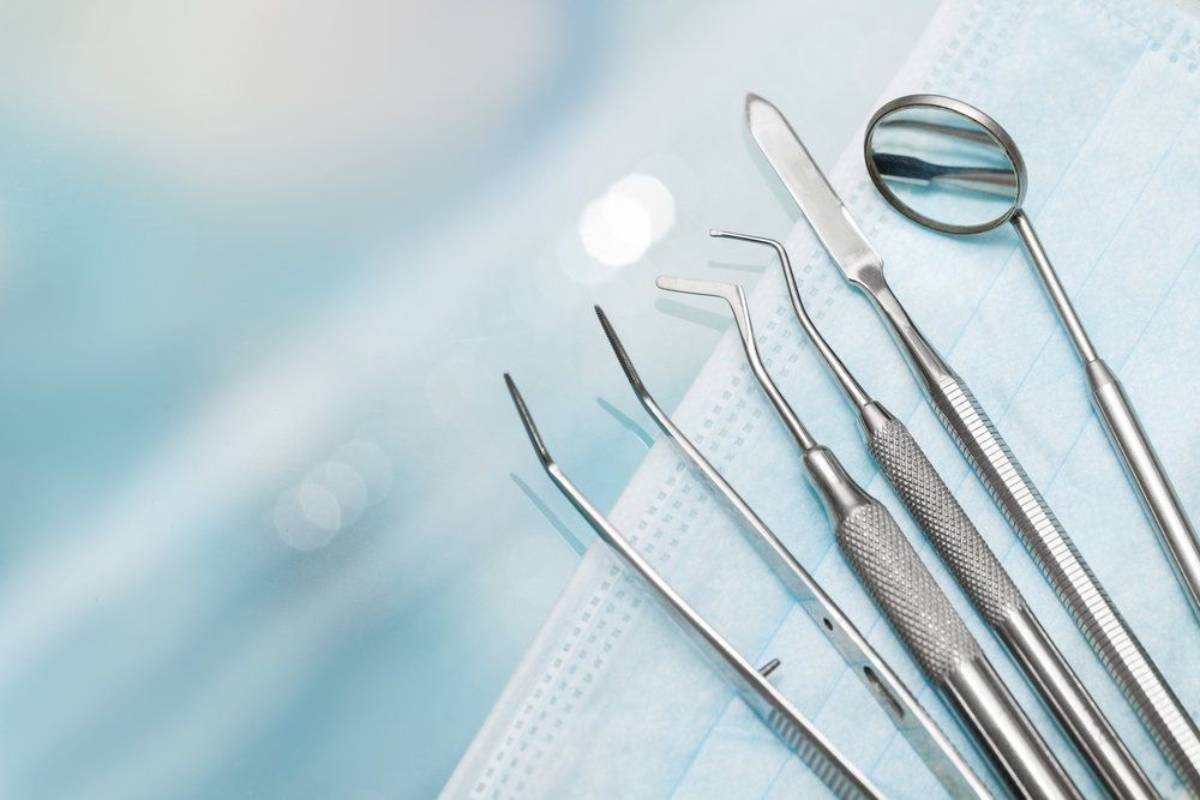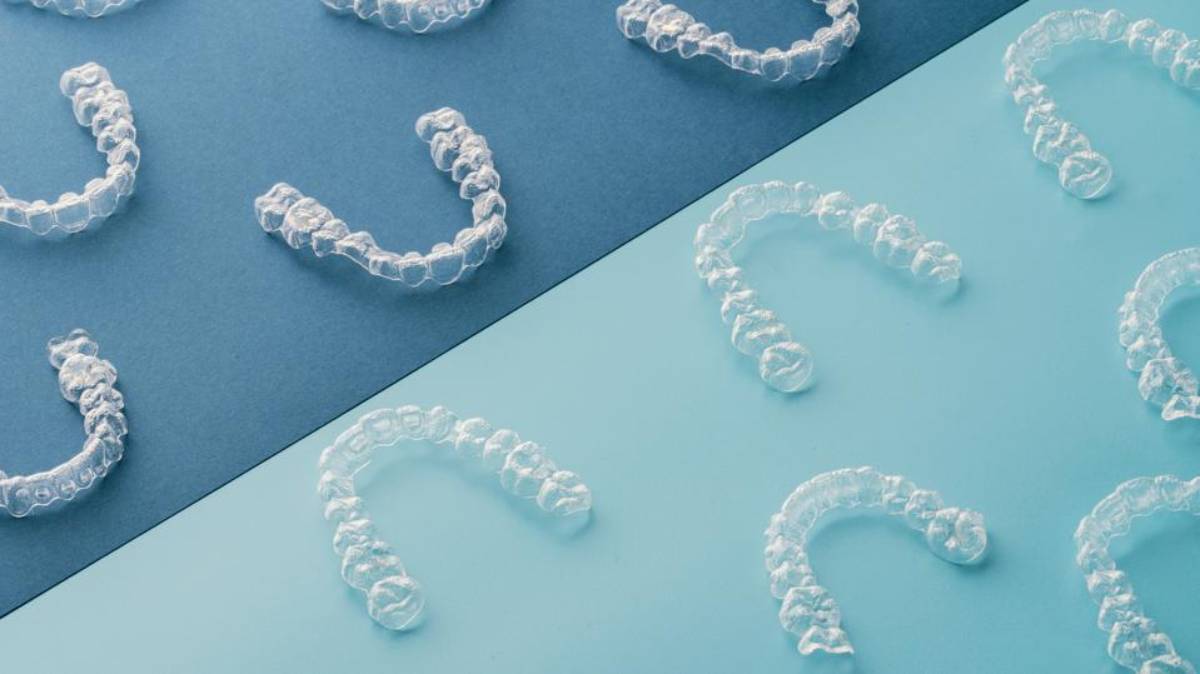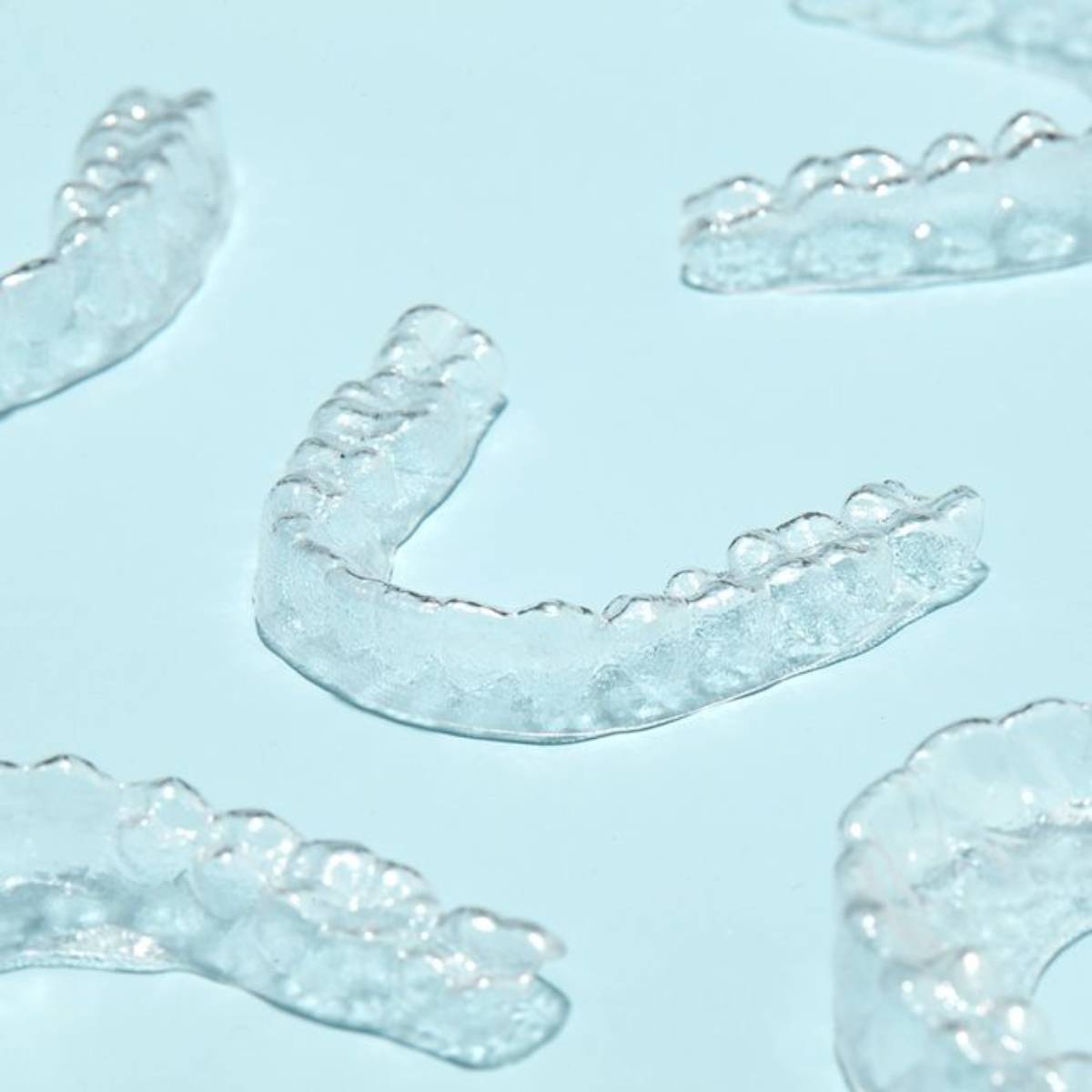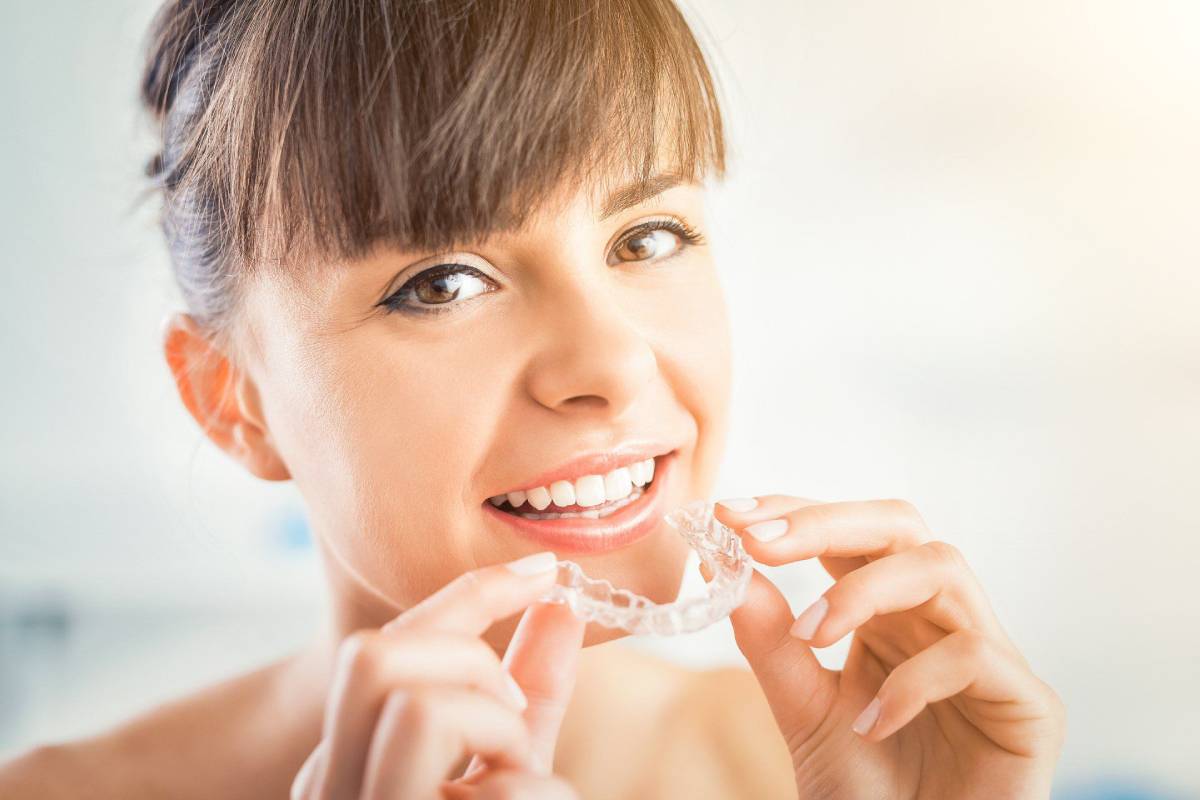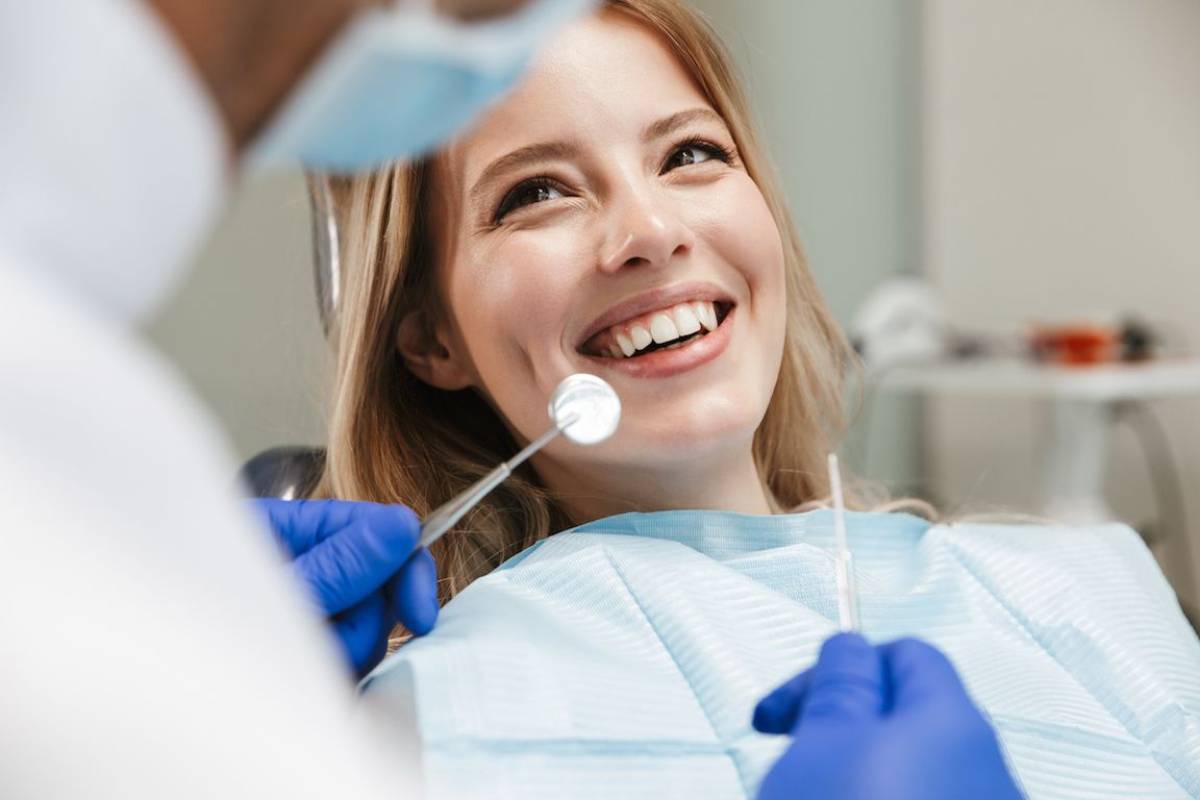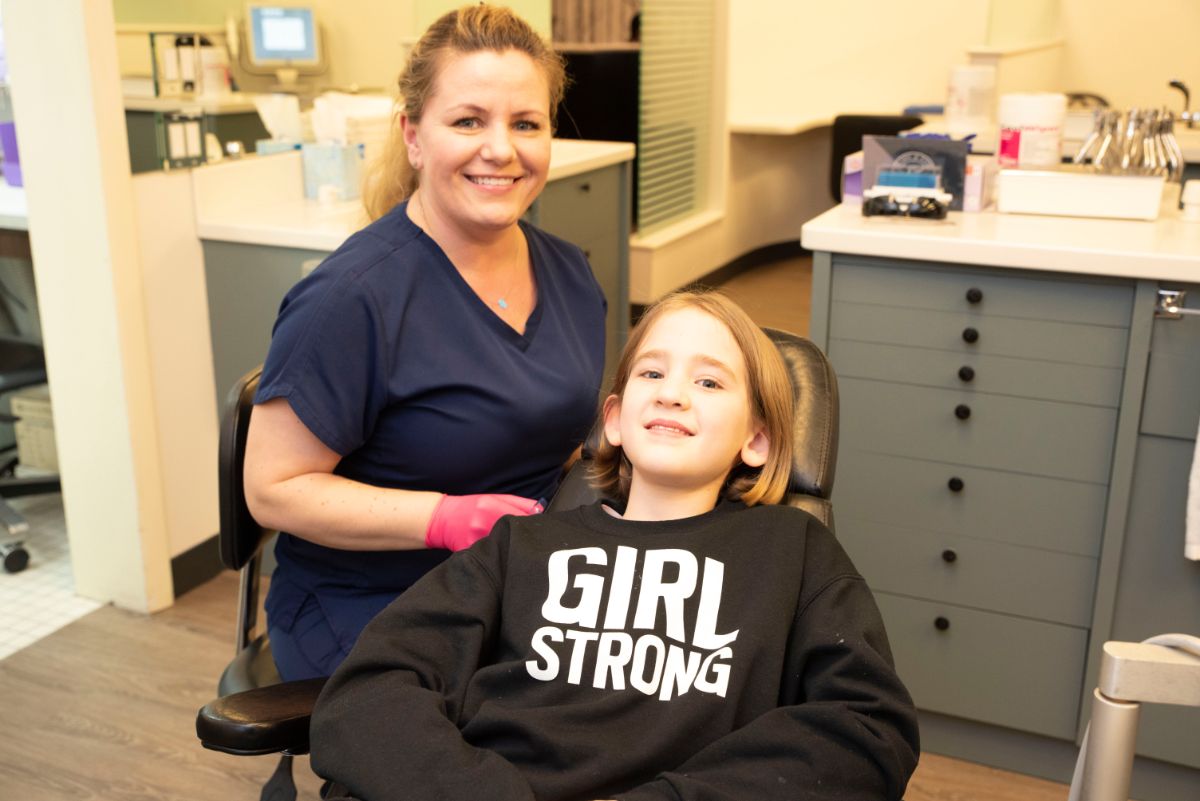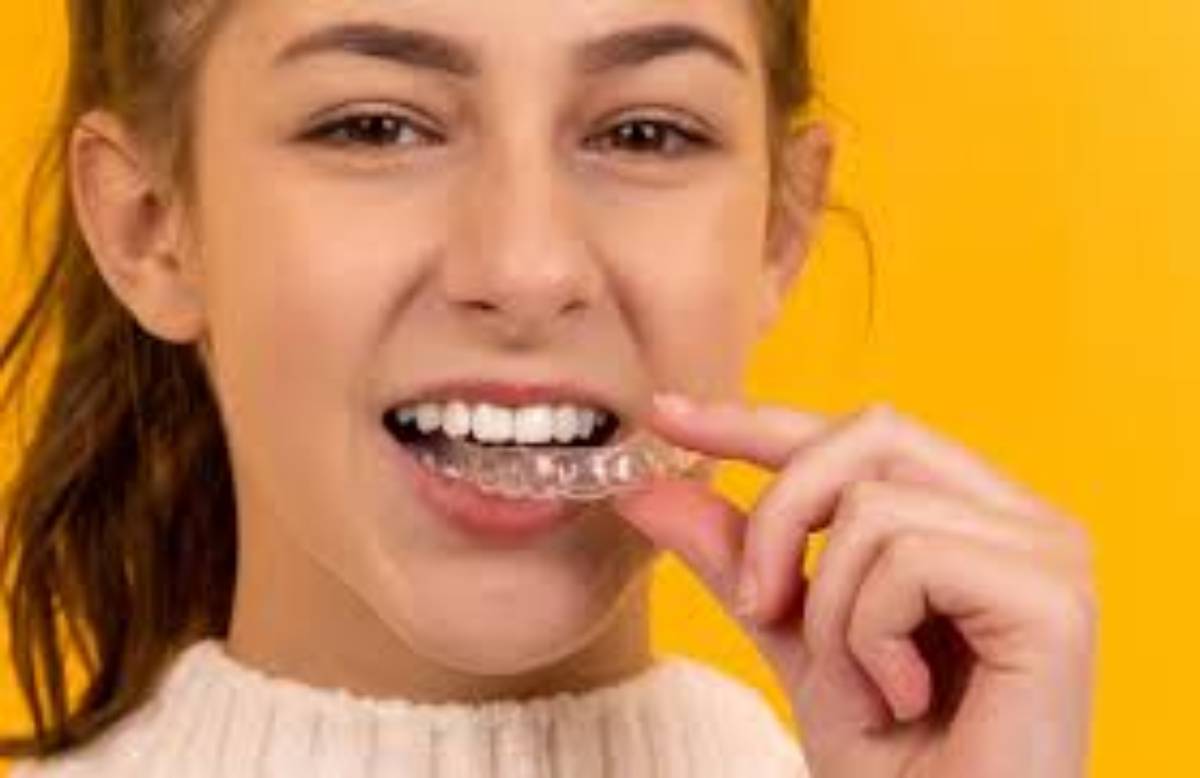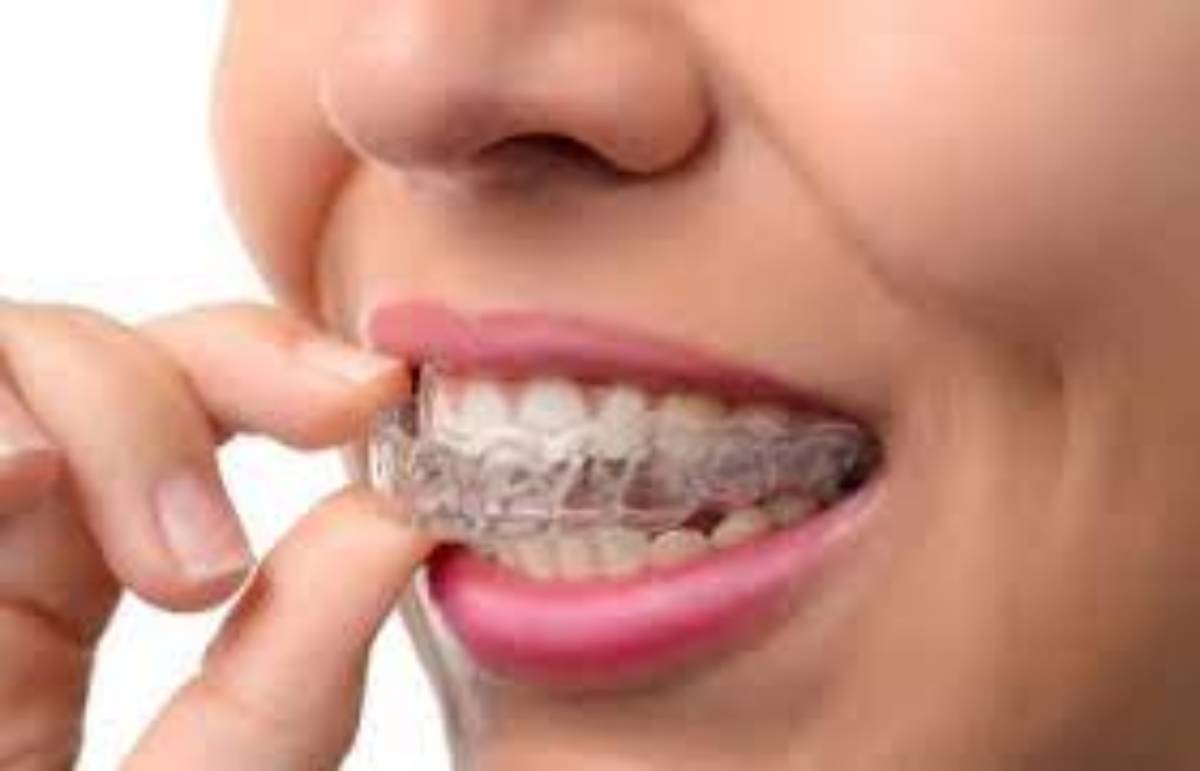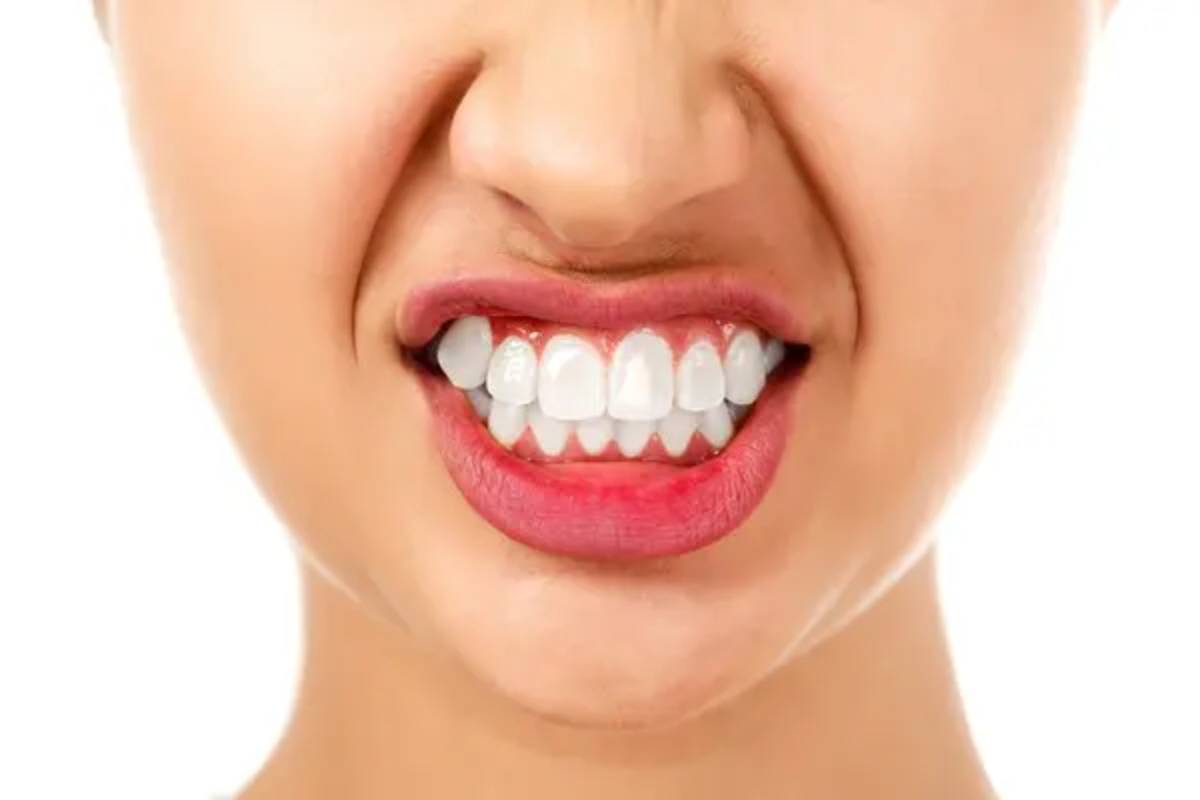If you’re considering orthodontic treatment, it’s important to be prepared for the journey ahead. Whether you’re getting traditional braces or invisible braces, such as Alina Invisible Braces, there are several steps you can take to prepare for your treatment and ensure a successful outcome. In this blog post, we’ll explore how to prepare for orthodontic treatment, with a focus on the benefits of invisible braces.
Step 1: Choose an Experienced Orthodontist
The first step in preparing for orthodontic treatment is to choose an experienced orthodontist who can guide you through the process. Look for an orthodontist who is board-certified and has experience working with patients of all ages and with a variety of orthodontic issues.
Step 2: Discuss Your Treatment Options
Once you’ve chosen an orthodontist, schedule a consultation to discuss your treatment options. Your orthodontist can recommend the best treatment plan for your individual needs and preferences, whether that’s traditional braces, invisible braces, or another option.
If you’re considering invisible braces, such as Alina Invisible Braces, your orthodontist can provide you with a custom treatment plan that’s tailored to your unique needs. Alina uses state-of-the-art technology to create custom aligners that are designed to fit your teeth and jaw perfectly, for a comfortable and effective treatment experience.
Step 3: Prepare for the Treatment Process
Once you’ve decided on a treatment plan, it’s important to prepare for the treatment process itself. This may involve making lifestyle changes, such as adjusting your diet to avoid hard or sticky foods, or changing your oral hygiene routine to accommodate your braces or aligners.
If you’re getting invisible braces, such as Alina, you’ll need to wear your aligners for at least 22 hours a day, removing them only to eat, brush, and floss. You’ll also need to switch to new aligners every two weeks, as directed by your orthodontist.
Step 4: Plan for Follow-Up Appointments
Throughout your orthodontic treatment, you’ll need to schedule regular follow-up appointments with your orthodontist to monitor your progress and make any necessary adjustments. Be sure to plan for these appointments in advance and make arrangements to accommodate them in your schedule.
Step 5: Maintain Good Oral Hygiene
Finally, it’s important to maintain good oral hygiene throughout your orthodontic treatment. This may involve using special tools, such as floss threaders or interdental brushes, to clean around your braces or aligners. Your orthodontist can provide you with specific instructions and recommendations for maintaining good oral hygiene during your treatment.
In Conclusion
Preparing for orthodontic treatment can seem overwhelming, but with the right preparation and guidance, it can be a successful and rewarding experience. If you’re considering orthodontic treatment, talk to your orthodontist about your options, and consider Alina Invisible Braces for a comfortable and effective treatment experience. With Alina, you’ll receive a custom treatment plan and aligners that are designed to fit your unique needs, and you’ll have access to a team of experts who are committed to helping you achieve your goals.
